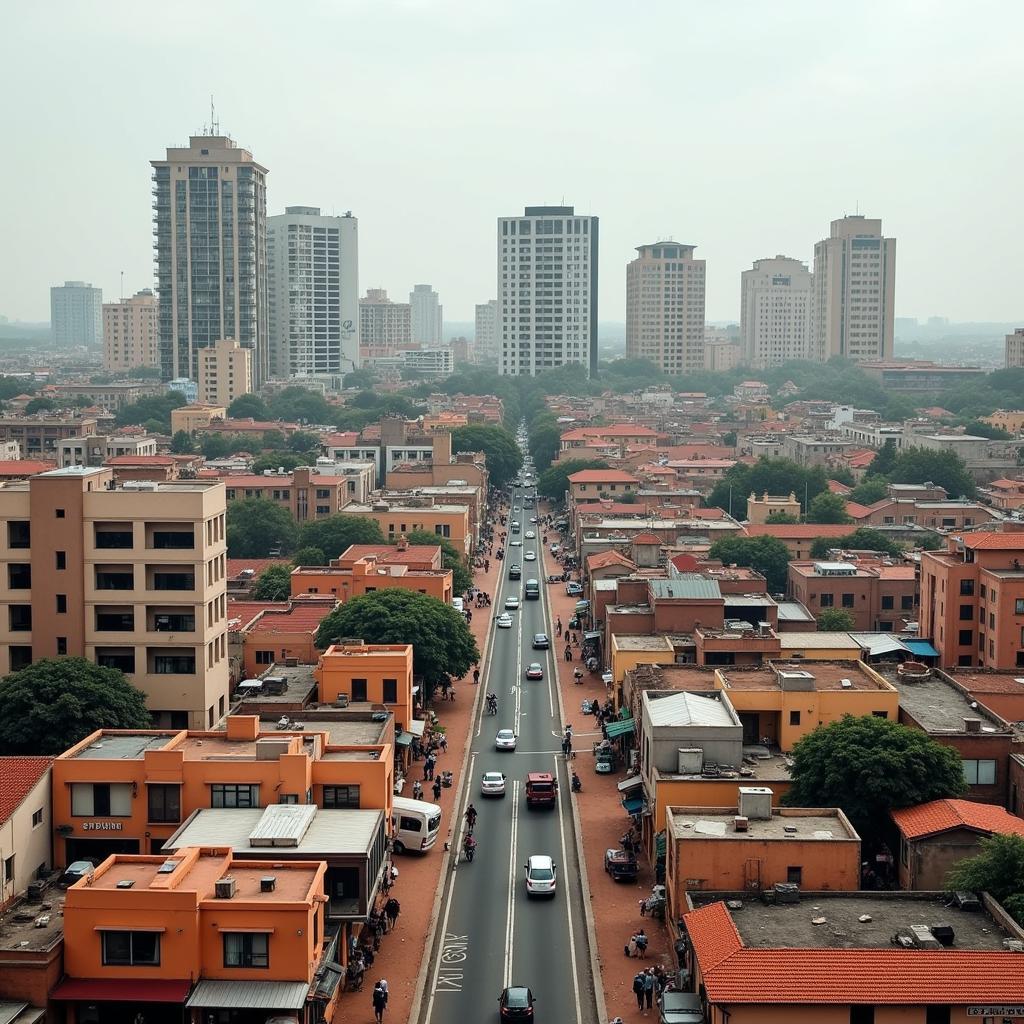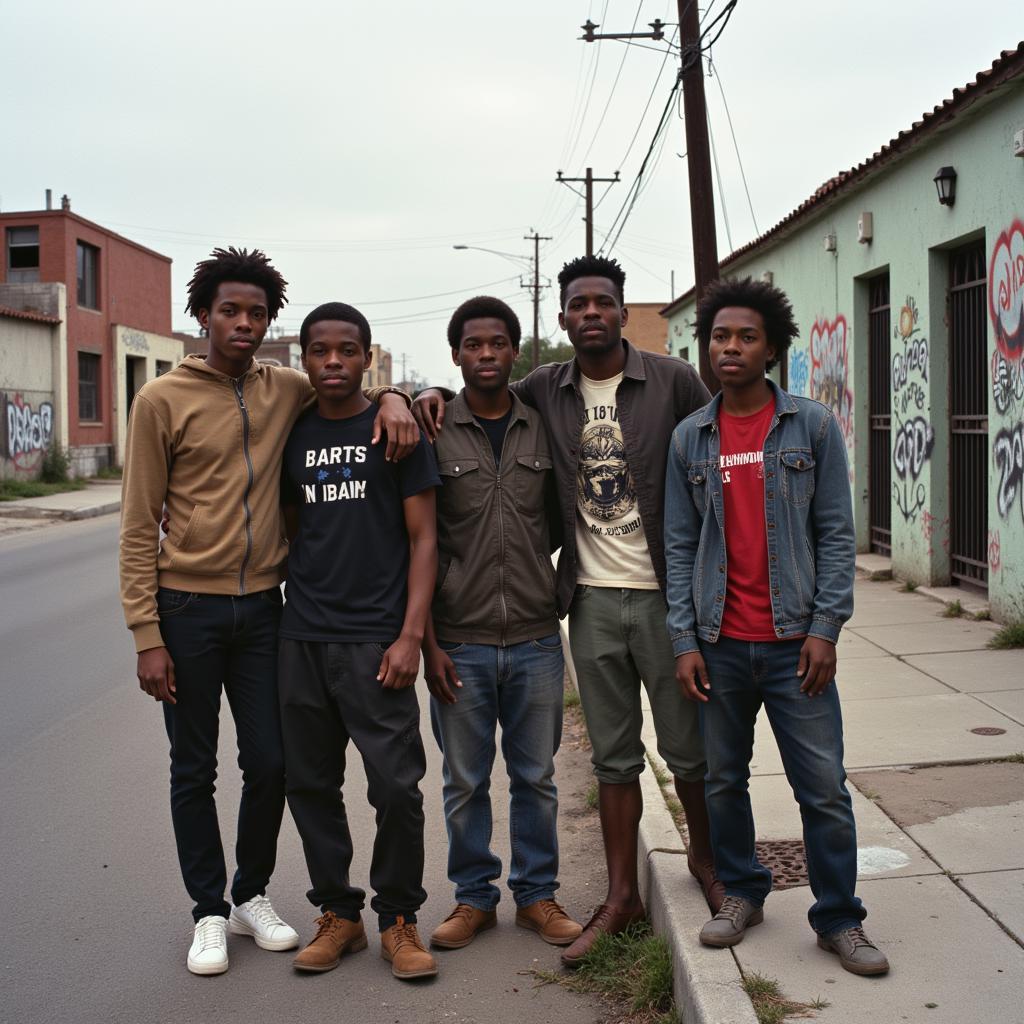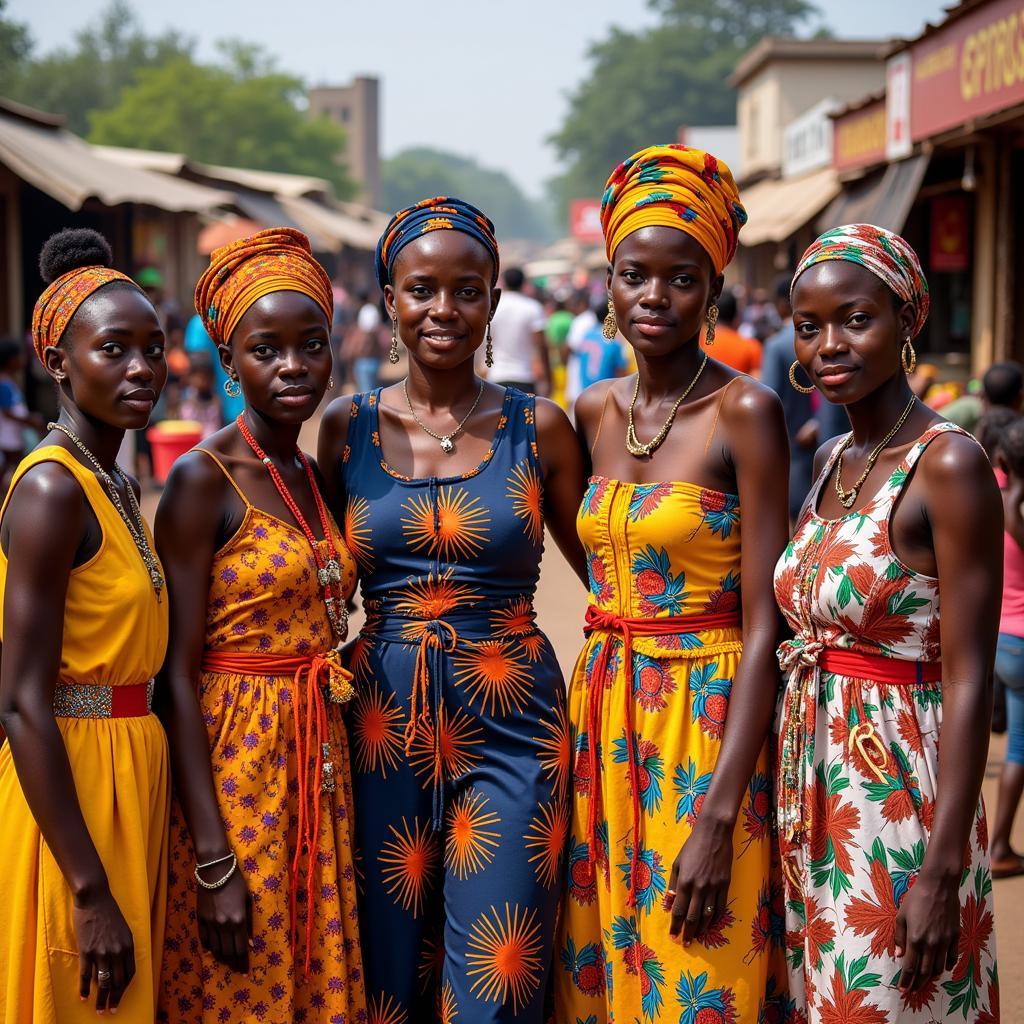African Girls About Their Hair: Styles, Significance, and Stories
African girls and their hair – it’s a topic that goes beyond simple aesthetics. For centuries, hair has held deep cultural and societal significance across the diverse continent of Africa. From intricate braids to elaborate twists and vibrant headwraps, hairstyles are a powerful form of self-expression, identity, and storytelling.
 Natural Hairstyles on African Girls
Natural Hairstyles on African Girls
The Language of Hair
In many African cultures, hair is believed to be a spiritual extension of oneself, connecting to the divine. Hairstyles are often chosen to reflect one’s tribe, social status, marital status, or age. They can convey messages of strength, resilience, beauty, and even act as a form of nonverbal communication within communities.
For instance, among the Himba people of Namibia, hairstyles indicate age and social standing. Young girls wear their hair in intricate braids adorned with ochre and butter, while married women sport elaborate headdresses that signify their status and role within the community.
A Tapestry of Styles
The diversity of hairstyles found across Africa is astounding. From the intricate cornrows of West Africa to the elaborate headwraps of East Africa and the vibrant beaded styles of Southern Africa, each region boasts its unique traditions and interpretations.
Some of the most iconic styles include:
- Cornrows: These tightly braided styles, known by various names across the continent, are a practical and versatile choice. They can be adorned with beads, cowrie shells, or other embellishments, reflecting individual creativity and cultural heritage.
- Braids: Beyond cornrows, braids take on countless forms, from simple three-strand plaits to intricate fishtail braids and complex patterns that require hours of skilled labor.
- Afro: A powerful symbol of natural beauty and Black pride, the afro is a versatile style that can be worn in its natural state or styled into puffs, twists, and other variations.
- Headwraps: Often made from colorful fabrics, headwraps are not just fashion statements but also hold cultural and religious significance. They can denote marital status, signify mourning, or simply add a touch of elegance to an outfit.
Modern Influences and the Natural Hair Movement
In recent years, there’s been a resurgence of interest in natural hair among African girls and women worldwide. The natural hair movement encourages embracing one’s natural hair texture and rejecting Eurocentric beauty standards that often prioritize straight hair.
This movement has led to a surge in the popularity of protective styles, such as braids, twists, and locs, which help to minimize manipulation and promote healthy hair growth.
“It’s about reclaiming our narrative,” says Abena Nkrumah, a Ghanaian hairstylist and advocate for natural hair. “For too long, our hair has been judged and deemed unprofessional. Embracing our natural textures is a way of celebrating our heritage and defining beauty on our own terms.”
More Than Just Hair
Ultimately, for African girls, hair is more than just strands on their heads; it’s an integral part of their identity, culture, and heritage. It’s a source of pride, a form of self-expression, and a tangible link to their ancestors.
Understanding the significance of hair in African culture provides a window into the rich history, traditions, and values that continue to shape the lives of girls and women across the continent.



